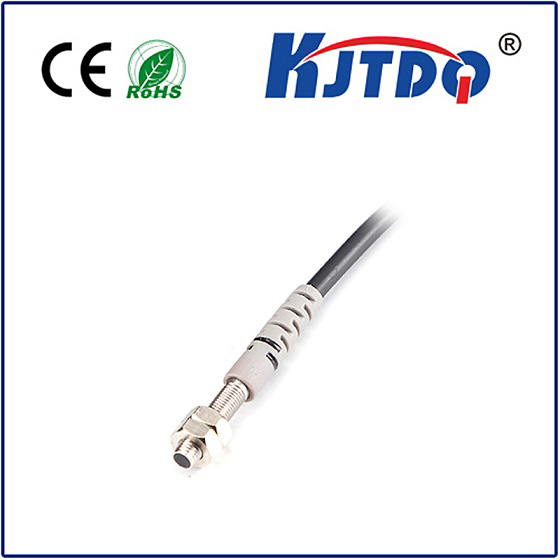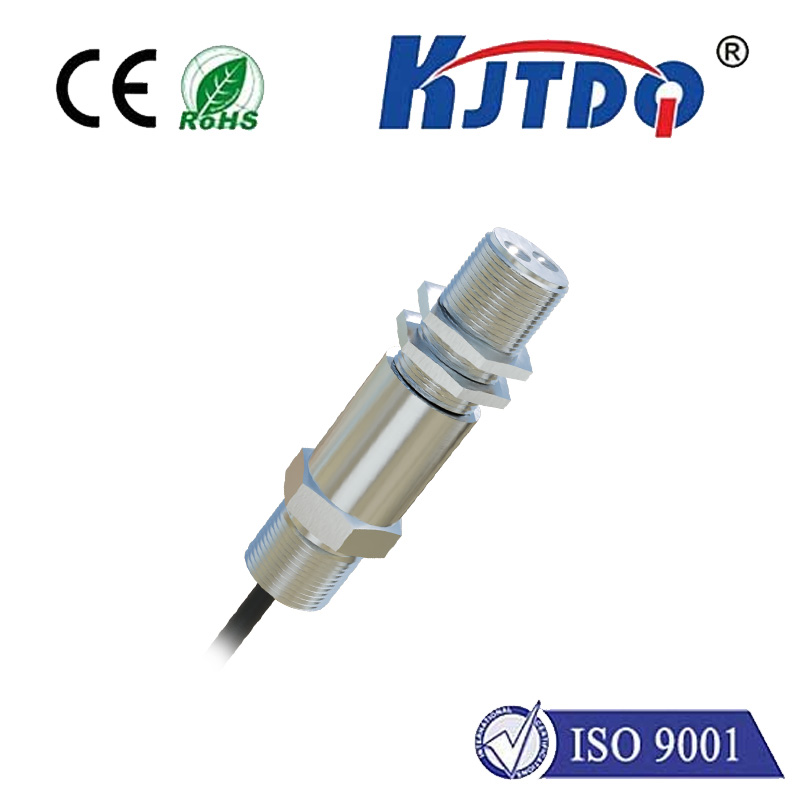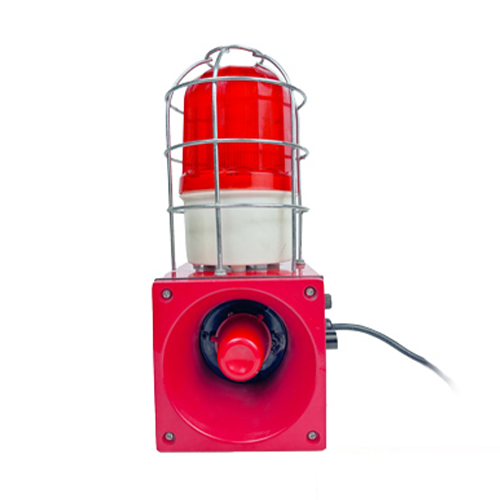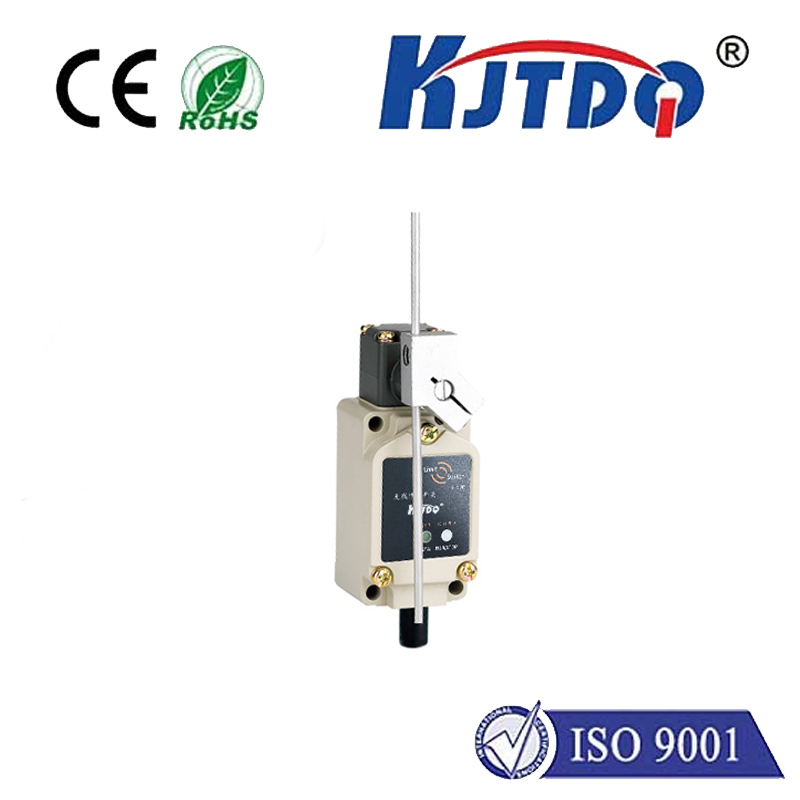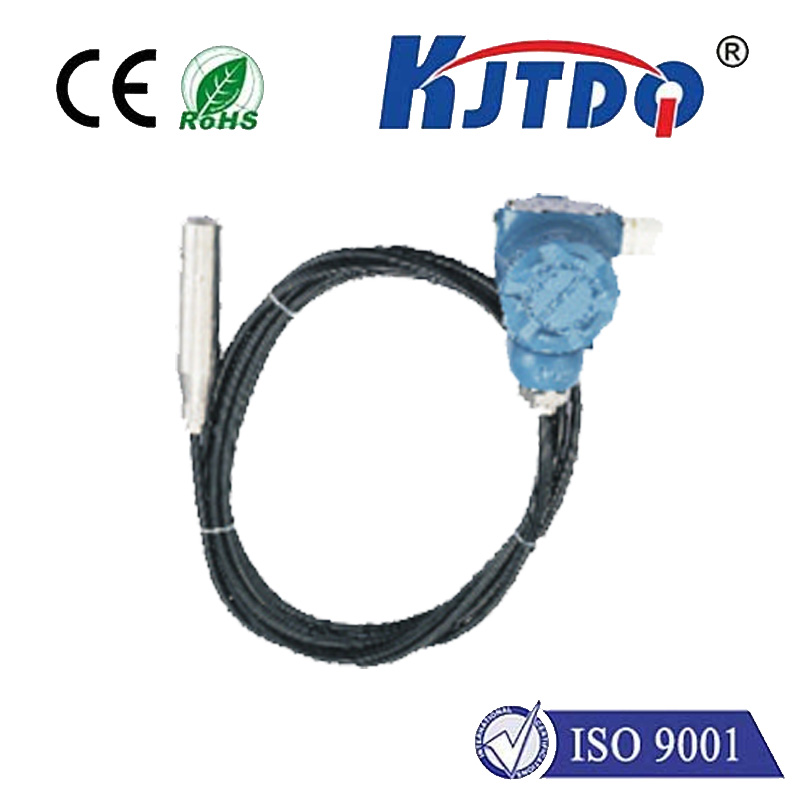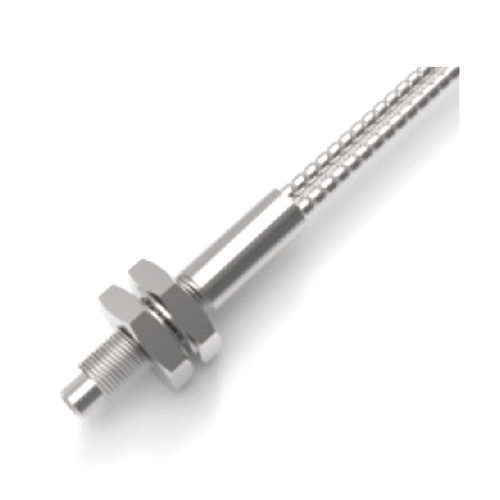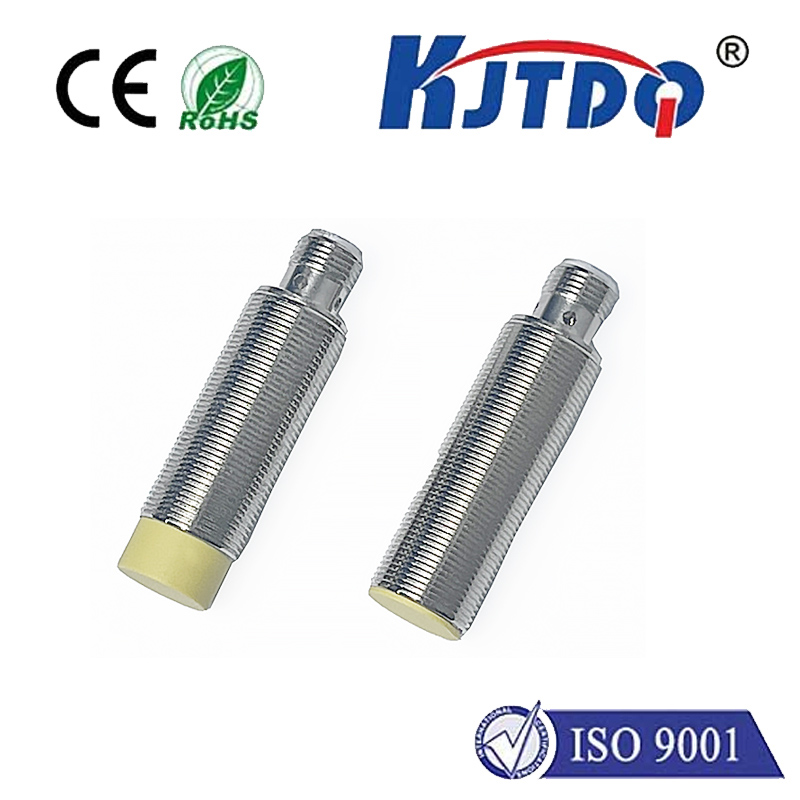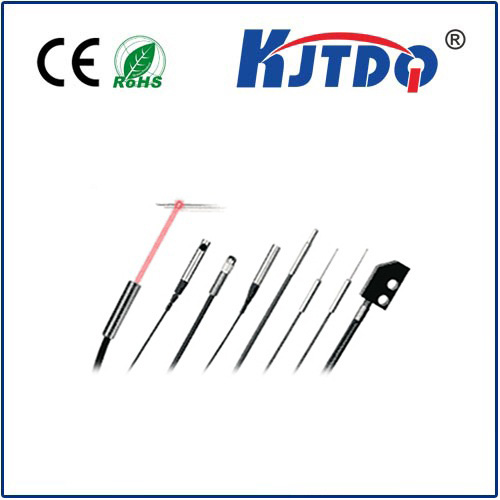лазерный фотодиодный датчик энергии
- time:2025-08-28 00:53:06
- Нажмите:0
Harnessing Precision: How Laser Energy Photodiode Sensors Revolutionize Optical Power Measurement
Laser light drives innovation across countless fields, from delicate eye surgery and advanced manufacturing to cutting-edge scientific research and high-speed communication. But wielding this powerful tool effectively demands absolute precision. Knowing exactly how much optical energy pulses through a laser beam isn’t just helpful—it’s often mission-critical. This is where the laser energy photodiode sensor emerges as a fundamental, yet sophisticated, workhorse. For professionals demanding speed, accuracy, and reliability in quantifying laser pulses or continuous wave power, understanding this technology is paramount.
At its core, a laser energy photodiode sensor is a specialized detector designed to convert incident laser light (photons) directly into an electrical signal proportional to the optical power or energy. Unlike thermal sensors like thermopiles, which measure heat generated by absorption, photodiodes rely on the photovoltaic effect or photoconductive mode. When photons possessing sufficient energy strike the semiconductor material (typically Silicon (Si), Germanium (Ge), Indium Gallium Arsenide (InGaAs), or specialized materials like Gallium Phosphide (GaP) for UV), they excite electrons across the bandgap, creating electron-hole pairs. This generates a measurable photocurrent. For energy measurement of pulsed lasers, this photocurrent is integrated over the pulse duration to yield the total energy (Joules).
The advantages of photodiode-based sensors for laser energy measurement are compelling:

- Exceptional Speed & Bandwidth: Photodiodes offer nanosecond or even picosecond response times. This makes them uniquely suited for characterizing ultrafast laser pulses common in micromachining, LIDAR, or scientific research, where thermal sensors are far too slow.
- High Sensitivity & Linearity: They provide excellent sensitivity across a wide dynamic range and maintain outstanding linearity between incident optical power and output electrical signal. This ensures accurate measurements even at very low or moderately high power levels.
- Compact Size & Ruggedness: Solid-state construction allows for highly compact and robust designs, facilitating integration into systems or portable measurement setups where space or durability is a concern.
- Wavelength Specificity: By selecting the appropriate photodiode material (Si for visible/NIR, Ge/InGaAs for SWIR, specialized diodes for UV), sensors can be optimized for precise wavelength ranges, enhancing accuracy and rejecting unwanted ambient light.
- Direct Readout Simplicity: The conversion from light to current is direct, often requiring relatively simple amplification and integration circuitry compared to the complex electronics sometimes needed for precise thermal sensor readouts.
Integrating a photodiode sensor effectively requires careful consideration of several factors:
- Wavelength Compatibility: Choosing a sensor with a photodiode material whose spectral response aligns perfectly with the target laser wavelength is non-negotiable. Sensor specifications clearly define the usable wavelength range.
- Damage Threshold: Lasers, especially pulsed ones, deliver concentrated energy. Understanding the sensor’s maximum permissible peak power density (W/cm²) and pulse energy density (J/cm²) is crucial to prevent irreversible damage. Utilizing appropriate attenuators is often essential.
- Active Area: The size of the photodiode’s sensitive surface must be large enough to comfortably capture the entire laser beam profile. An undersized active area leads to clipping and significant measurement errors.
- Calibration & Traceability: For accurate quantitative measurements, sensors must be NIST-traceably calibrated specifically for the wavelengths and power/energy levels they will encounter. Regular recalibration is recommended.
- Signal Conditioning: Sophisticated signal conditioning electronics (amplifiers, integrators, filters) are integral to the sensor head or external meter. These convert the raw photodiode current into stable, easy-to-interpret voltage readings or digital outputs proportional to power (Watts) or energy (Joules).
Where does this critical technology shine? Laser energy photodiode sensors are indispensable across a vast spectrum of applications:
- Laser Development & Characterization: Engineers rely on them to meticulously measure pulse energy, average power, peak power, and pulse shape during R&D and production testing of lasers.
- Precision Materials Processing (Micromachining, Drilling, Welding): In high-precision manufacturing, consistent laser energy delivery is paramount for process control, yield, and quality assurance. Photodiode sensors provide the real-time or near-real-time feedback needed.
- Medical Lasers (Surgery, Dermatology, Dentistry): Patient safety and treatment efficacy depend on delivering the precise laser dose. Photodiode sensors enable rigorous calibration and monitoring of therapeutic laser systems.
- Scientific Research (Spectroscopy, Nonlinear Optics): Experiments involving ultrafast lasers, delicate optical phenomena, or sensitive samples require accurate energy measurement to interpret results correctly.
- LIDAR & Remote Sensing: Characterizing the output energy of LIDAR transmitters is essential for system performance and calibration.
- Defense & Countermeasures: Testing and verifying the output of laser targeting or countermeasure systems demands robust, fast-response sensors.
While thermopile sensors remain the gold standard for very high continuous wave powers and broad spectral ranges due to their inherent power handling and flat response, photodiode sensors dominate when speed, sensitivity at lower powers, or pulse measurement capability are paramount. The choice often boils down to the specific laser parameters and application requirements.
Selecting the right sensor involves a deliberate analysis: Match the sensor’s documented wavelength range and damage threshold to your laser’s specs. Ensure the active area is sufficient. Consider the required measurement speed (pulse duration). Verify calibration availability for your specific needs. Factor in the required readout interface (analog voltage, USB, Ethernet). Reputable manufacturers provide detailed datasheets and expertise to guide this selection.
In the realm of controlled light, knowledge is power—specifically, knowledge of the laser’s power and energy. The laser energy photodiode sensor is a sophisticated, high-performance instrument that provides this critical data with unparalleled speed and precision. By leveraging the direct conversion physics of semiconductor photodiodes, these sensors empower engineers, scientists, medical professionals, and manufacturers to control, optimize, and trust the laser processes that drive progress. Understanding their principles, capabilities, and optimal implementation is key to unlocking the full potential of laser technology in demanding, precision-driven environments.

